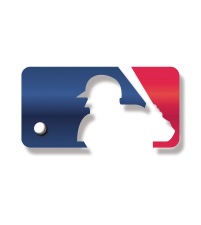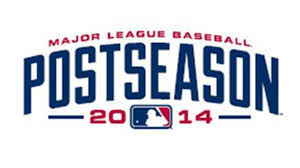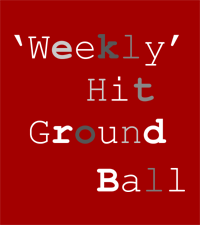The AL West is yet another division where the reigning champions have been quiet so far this off-season.
The LA Angels have only completed a few minor deals (bringing in Matt Joyce, acquiring young pitcher Andrew Heaney) and, with significant commitments to the likes of Albert Pujols and Josh Hamilton already on the books, their primary plan for 2015 is to rely on those who helped them to reach the postseason in 2014.
The Texas Rangers also haven’t done very much, yet they had a disastrous 2014 in which they lost 95 games and parted company with manager Ron Washington. Those losses were largely a consequence of terrible bad luck with injuries, highlighted by their new recruit Prince Fielder. He had played in 1283 of 1296 regular season games in his first eight full seasons as a Major Leaguer before missing 120 games in his first year with Texas due to a neck injury.
They’ve made a handy addition by trading for Ross Detwiler on the cheap and the Rangers will simply cross their fingers for better health in 2015 and see where that takes them. There’s a lengthy list of players that they need to come back fit and strong so it would be a stretch to predict them to be back in the postseason hunt just yet, whilst their state neighbours the Houston Astros also look to be too far out even though they are firmly on an upward curve back to contending in the next few years.
They have added Jed Lowrie as a placeholder for their elite shortstop prospect Carlos Correa and good bullpen arms in Luke Gregerson and Pat Neshek who can help to stop wins slipping away in the short term and then most likely be dealt to a contender down the line.
That leaves the Oakland A’s and Seattle Mariners as potential Angel catchers.
The Oakland A’s reached for the stars in 2014. After surveying the wreckage following the crash-landing, General Manager Billy Beane could have attempted some patch repairs or ditched the whole thing and started again. True to unpredictable form, the A’s have taken neither course.
Whilst free agents like Jon Lester left with no hint of a potential return, other established players like Josh Donaldson, Jeff Samardzija, Brandon Moss and Derek Norris have been traded away. In their place have come Brett Lawrie, Billy Butler, Ike Davis, Marcus Semien and a number of players who could contribute in some form during 2015 and beyond.
In short, it will be a quite different team in 2015, but not in the sense of a rebuilding job. There are plenty of ‘ifs’ in the equation, yet if enough of those ifs (Brett Lawrie being healthy, Billy Butler recovering from a down season, Drew Pomeranz grabbing a rotation spot and building on the good points of his 2014 campaign etc) come through then a Wild Card run is not out of the question.
As for the Mariners, after acquiring a true star in Robinson Cano over the previous off-season, they’ve gone for a less-substantial version this year in slugger Nelson Cruz. The M’s needed extra thump in their lineup and Cruz will give them that, although his four-year, $57m contract is going to be a painful pill to swallow in 2017 and 2018.
They weren’t far off a Wild Card in 2014 and so they can be in the mix again in 2015; however a glimpse at their roster does raise questions about their depth of talent. If James Paxton and Taijuan Walker come good, perhaps with someone like Mike Zunino or Dustin Ackley taking a step forward with the bat too, then they could be in business.
If they really want to capitalise on their strong core of Cano, Cruz, Kyle Seager, Felix Hernandez and Hiashi Iwakuma in 2015 though, signing another good Major Leaguer or two would be wise and they’ve taken one step towards that over the past week by trading for outfielder Seth Smith. We’ll see if the M’s Front Office can make further improvements over the next couple of months.


